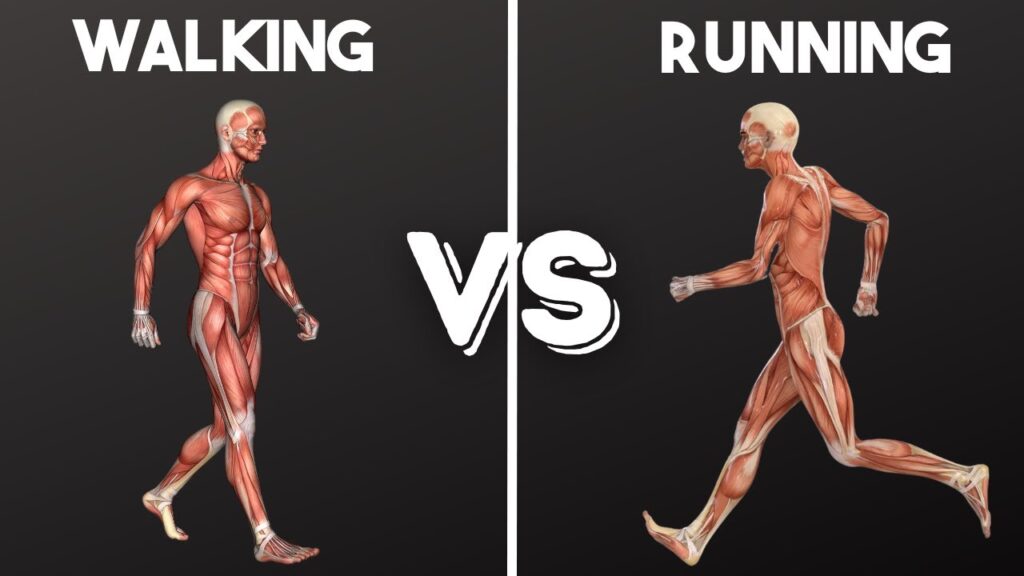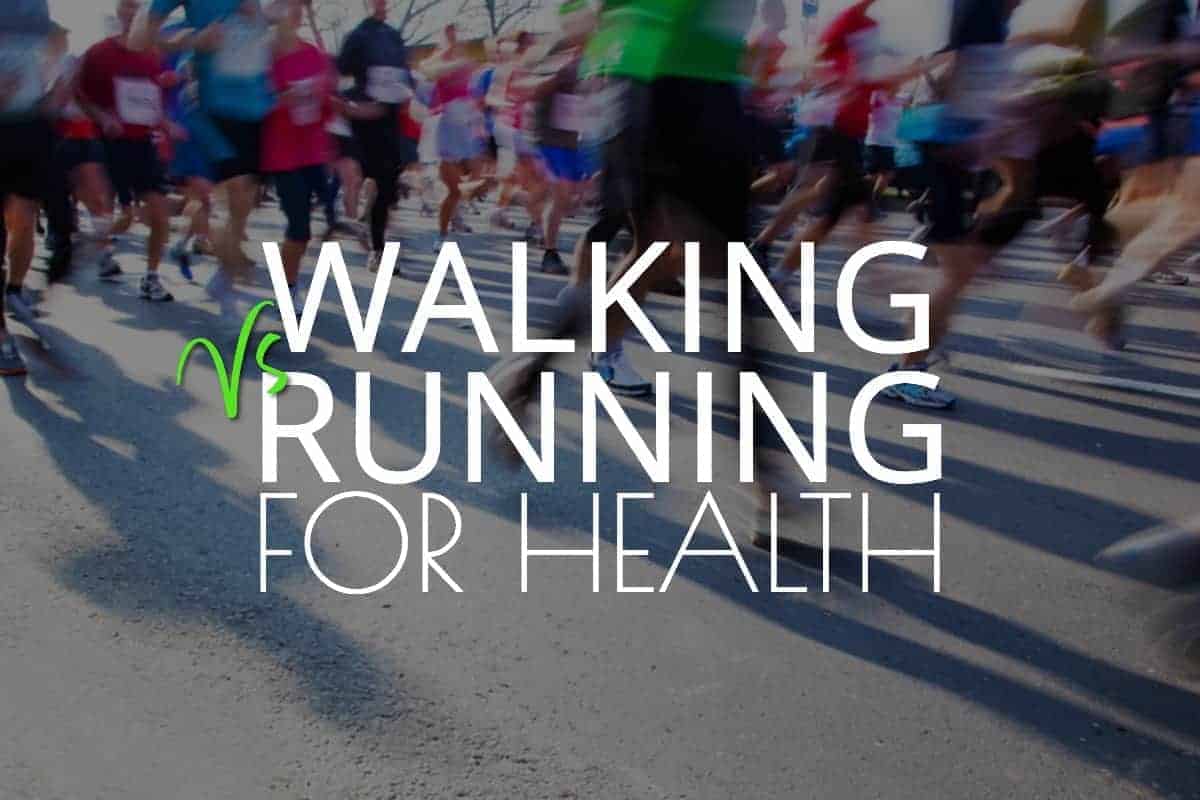When it comes to improving health, both walking and running are excellent choices. However, each activity offers unique benefits. Understanding the differences between them can help you decide which is better for your lifestyle and fitness goals.

Walking: The Gentle Exercise
Walking is often considered a low-impact exercise. It is easy on the joints and suitable for people of all fitness levels. Whether you are young or old, walking can be adapted to your needs. It helps improve cardiovascular health, boosts mood, and maintains muscle strength.
One of the major benefits of walking is that it is accessible. You do not need special equipment or a gym membership to walk. A pair of good shoes and a safe walking route are all you need. You can walk anywhere — in your neighborhood, at the park, or even inside your home on a treadmill. Moreover, walking is simple to incorporate into daily routines. For example, you can walk to work, take the stairs, or stroll through the grocery store.
Regular walking reduces the risk of chronic diseases, such as heart disease, diabetes, and stroke. It also strengthens bones and improves balance. Because it is low-impact, walking is less likely to cause injury compared to higher-impact activities. If you want to start exercising but have concerns about joint health, walking is a great option.
Running: The Intense Workout
On the other hand, running is a high-impact exercise. It challenges your body in ways that walking cannot. Running burns more calories in less time. It builds endurance, increases lung capacity, and strengthens muscles. Moreover, running promotes cardiovascular fitness. It is often recommended for those looking to improve their athletic performance or lose weight quickly.
Unlike walking, running requires more physical effort. It places greater strain on the joints, especially the knees and hips. As a result, runners are more prone to injuries like sprains and stress fractures. However, with the right technique and proper warm-ups, the risk of injury can be reduced. For those who are already in good physical condition, running can provide a more intense workout that delivers faster results.
Running also offers mental health benefits. It has been shown to reduce stress, anxiety, and depression. This is partly because running releases endorphins, which are known as the “feel-good” hormones. These hormones help improve your mood and overall sense of well-being. Thus, running is an effective way to relieve stress and boost mental clarity.
Calorie Burning and Weight Loss
If your main goal is weight loss, running is more effective in burning calories. It uses more energy per minute than walking. As a result, running leads to faster weight loss when combined with a proper diet. However, walking can still contribute to weight management. If you prefer a more gradual approach or are new to exercise, walking can help you maintain a healthy weight over time.
Additionally, the intensity of your exercise plays a role in how many calories you burn. Running can burn up to 50% more calories per hour than walking at a moderate pace. That said, walking has its own advantages. It is easier to maintain a consistent pace over a long period, which means you can walk for longer durations without tiring quickly.
Joint Health and Injury Prevention
When it comes to joint health, walking is the better option for most people. It places less stress on the knees, hips, and ankles. This makes it a safe option for individuals with arthritis or those recovering from injuries. In contrast, running places more stress on the joints. Over time, this can lead to joint problems, especially if you do not practice proper running form or use the wrong footwear.
Running also carries a higher risk of overuse injuries. Runners are more likely to experience conditions such as shin splints, tendinitis, and stress fractures. These injuries occur because of repetitive impact and strain on the body. As a result, it is important to gradually build up your running endurance to prevent injury.

Mental and Emotional Benefits
Both walking and running offer significant mental and emotional health benefits. Walking, while gentle, allows you to clear your mind and reduce stress. It also gives you time to connect with your surroundings, whether you’re walking through nature or exploring a city. Walking outdoors has been linked to improved mental clarity and creativity.
Running, however, tends to provide a stronger emotional boost. The release of endorphins during running can result in a feeling of euphoria, often referred to as a “runner’s high.” This rush of energy and positivity can improve mood and combat feelings of anxiety or depression. Running is also known for building mental toughness. It requires focus, discipline, and resilience, which can translate into a stronger sense of self-confidence.
Which One Should You Choose?
Deciding between walking and running ultimately depends on your personal preferences and fitness goals. If you’re looking for an accessible, low-impact exercise, walking may be the best option. It provides numerous health benefits and can be done at any fitness level. Moreover, it is less likely to cause injury, making it an ideal choice for people with joint concerns or those new to exercise.
On the other hand, if you’re seeking a more intense workout that will push your limits and help you burn more calories quickly, running may be the better choice. It offers faster results and greater cardiovascular benefits. However, it also requires more commitment and carries a higher risk of injury. If you enjoy challenges and have a solid fitness foundation, running could be your ideal activity.
Walking: A Gentle Exercise
Walking is a low-impact exercise. It’s easy on the joints and accessible to everyone. Therefore, it’s a great option for beginners. Walking helps improve cardiovascular health and boosts mood. In addition, it strengthens bones and muscles. As a result, it’s an excellent choice for maintaining overall health.
Running: A More Intense Workout
On the other hand, running provides a more intense workout. It burns more calories than walking, which makes it ideal for weight loss. Running also improves endurance and lung capacity. However, it places more stress on your joints. Therefore, runners must be careful to avoid injuries.
Calories and Weight Loss
If weight loss is your goal, running might be the better option. It burns more calories in less time. In contrast, walking helps you maintain a healthy weight without causing strain. Both exercises can be effective when combined with a balanced diet. Ultimately, the choice depends on how much time you have and your personal fitness level.
Injury Risks
Although both walking and running are beneficial, running carries a higher risk of injury. Overuse injuries, like shin splints or stress fractures, are more common in runners. Walking, however, is gentler on the body. As a result, it’s less likely to cause joint pain or strain.
Mental Health Benefits
Both walking and running improve mental health. Walking helps reduce stress and clear your mind. Running, however, releases more endorphins, which boost mood significantly. This is why running is often associated with a “runner’s high.” Either way, both exercises can help improve your mental clarity and emotional well-being.

Which Is Right for You?
Ultimately, both activities offer great health benefits. If you’re looking for a low-impact, easy-to-start exercise, walking is perfect. However, if you want a more challenging workout, running will push you harder. In either case, consistency is key to improving your health and fitness.
Conclusion
Both walking and running offer tremendous health benefits. The best choice depends on your goals, fitness level, and personal preferences. Whether you walk or run, the important thing is to stay active. Regular physical activity, in any form, promotes overall health and well-being. So, whether you lace up your sneakers for a jog or take a leisurely stroll, you are making a positive impact on your health.

